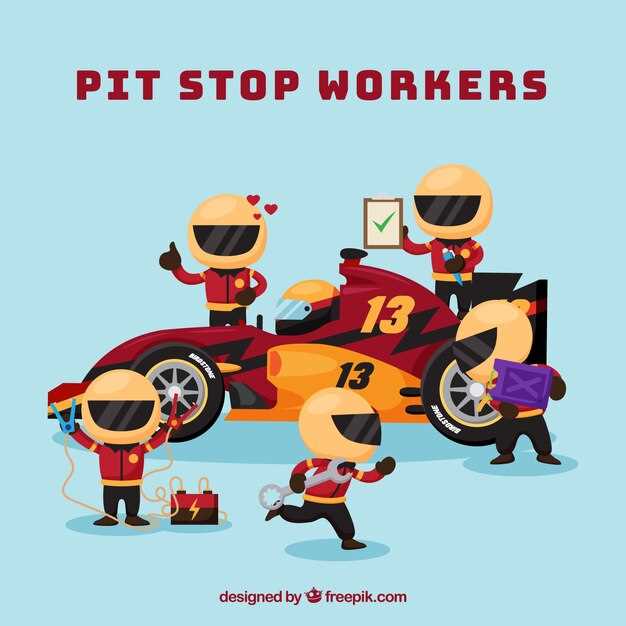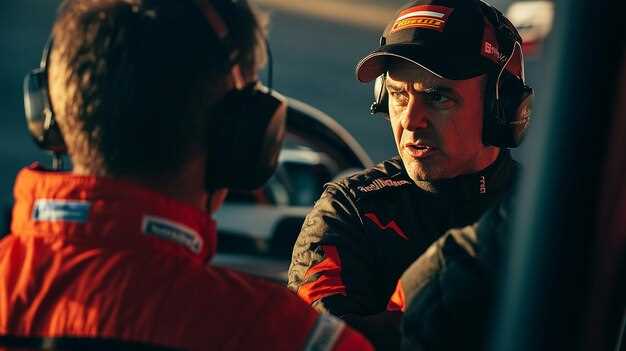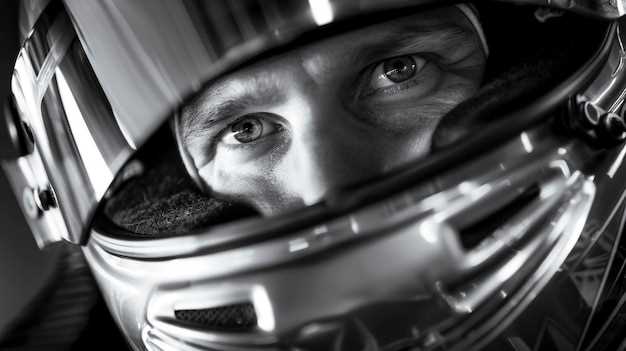Meet the Key Drivers in Volkswagen Motorsport

The Volkswagen (VW) Motorsport team has established itself as a formidable force in the racing world, known for its innovative strategies and cutting-edge technology. Within this dynamic team environment, several key influencers play pivotal roles in shaping the success and efficiency of VW’s racing efforts. Understanding these influential figures and their contributions provides valuable insights into the overall dynamics of the team.
The core of VW racing performance lies in the collaboration of diverse talents, ranging from engineering masterminds to skilled race drivers. Each member brings unique expertise and perspectives, fostering a culture of continuous improvement and competitive spirit. Strong leadership is essential in guiding these individuals, ensuring that the team’s vision aligns with overarching goals while also maintaining the morale and motivation necessary for peak performance.
In addition to internal dynamics, external factors, such as partnerships with sponsors and collaboration with other teams, also significantly influence VW’s motorsport trajectory. These relationships not only provide essential resources but also present opportunities for knowledge exchange and technological advancements. As the VW Motorsport team navigates these complexities, understanding the key influencers within its structure becomes crucial for sustained success in the ever-evolving world of racing.
Role of VW Drivers in Shaping Team Strategy

Volkswagen (VW) drivers play a crucial role in shaping the overall strategy of the racing team. Their insights and experiences directly influence decisions regarding vehicle setup, race tactics, and performance optimization. As the primary representatives of the brand on the track, drivers are instrumental in relaying valuable feedback to engineers and strategists, which helps fine-tune the car’s performance to meet specific race conditions.
Each driver brings unique strengths and racing styles, which can significantly impact the team’s approach to various competitions. For instance, a driver with exceptional handling skills may advocate for a setup that emphasizes agility, while another might prioritize raw speed. This diversity of driving techniques fosters collaboration, driving the team to adapt its strategy based on individual performances, thus enhancing overall competitiveness.
In addition to technical feedback, VW drivers often engage in strategic discussions to determine optimal race strategies. Their first-hand experience on the track enables them to assess competitors’ strengths and weaknesses, informing tactical decisions such as pit stop timing and tire selection. This collaboration between drivers and team management shapes a comprehensive racing strategy that aligns with the goals of the VW motorsport team.
Moreover, the presence of experienced drivers fosters a culture of continuous improvement within the team. By sharing insights from past races and mentoring less experienced teammates, they collectively enhance the team’s knowledge base. This dynamic encourages a learning environment where new strategies can be developed and tested, contributing to the long-term success of VW in motorsport.
Impact of Engineering Innovations on Performance Outcomes

In the world of motorsport, particularly within the Volkswagen racing team, engineering innovations play a pivotal role in shaping performance outcomes. Each racing season is a testament to how advancements in technology can elevate the capabilities of both vehicles and drivers. The integration of cutting-edge engineering solutions provides teams with the tools necessary to enhance speed, handling, and overall race strategy.
One significant advancement has been the development of lightweight materials. By utilizing composites and advanced alloys, Volkswagen engineers have decreased vehicle weight, thus improving acceleration and braking performance. As a result, drivers can achieve quicker lap times, giving the team a competitive edge on the track.
Another area of innovation lies in aerodynamics. Sophisticated wind tunnel testing and computational fluid dynamics have enabled the team to refine car shapes, creating designs that optimize airflow. This reduces drag and enhances downforce, allowing drivers to maintain higher speeds through corners while improving stability. The cumulative effect of these aerodynamic advancements is a noticeable enhancement in overall vehicle performance during races.
Furthermore, advancements in powertrain technologies, including hybridization and electrification, have allowed Volkswagen to diversify its racing strategy. By introducing more efficient engines and energy recovery systems, the team can balance power with fuel efficiency. This not only contributes to performance but also ensures that drivers can maintain competitive racing strategies over longer distances without compromising speed.
Collaboration among engineers, drivers, and team strategists is crucial. Drivers provide feedback that guides engineers in fine-tuning vehicle setups, helping to ensure that the innovations implemented align with the specific demands of racing. This synergy between human performance and engineering prowess is essential for achieving optimal results on the track.
In conclusion, engineering innovations significantly impact the performance outcomes of the Volkswagen Motorsport team. By continuously pushing the boundaries of technology, the team not only enhances the racing experience for drivers but also solidifies its position as a formidable competitor in the motorsport arena.
Challenges in Team Communication and Cohesion
Effective communication within the Volkswagen Motorsport team plays a crucial role in maintaining cohesion among drivers and support staff. One major challenge arises from the highly competitive nature of racing, where individual performance can overshadow team objectives. This often leads to tension and misunderstandings among team members.
The dynamics of teamwork can be further complicated by differing communication styles among drivers. Each athlete may have unique approaches to discussing strategies or expressing concerns, creating potential barriers to effective collaboration. Misalignment in communication can result in inconsistent messaging, which undermines the team’s overall effectiveness on the track.
Another challenge includes the pressure of tight deadlines and high-stakes situations typical in racing environments. When split-second decisions are required, the urgency can limit thorough discussions, often leading to hasty conclusions or overlooked details. Without a solid communication framework, vital information may be lost or misinterpreted, impacting team performance.
Additionally, geographical and cultural differences among team members can pose obstacles to effective communication. As the Volkswagen Motorsport team may comprise individuals from diverse backgrounds, understanding variance in language and cultural context is essential for fostering unity. Ensuring that drivers and their support crews appreciate each other’s perspectives will enhance collaboration and strengthen the team’s bond.
Finally, the advent of technology, while beneficial, introduces another layer of complexity. Digital communication tools can be prone to miscommunications, especially when conveying nuanced strategies or emotional tones. If not managed appropriately, reliance on technology can weaken interpersonal relationships, further complicating team cohesion.
Overcoming these challenges requires a concerted effort from all members to foster an environment of open dialogue and collaboration. Continuous team-building activities and effective leadership can significantly improve communication skills and ultimately enhance the overall performance of the Volkswagen Motorsport team on the racing circuit.



